Sector will adopt four strategies and strengthen ecosystem coordination to seize opportunities post-COVID.
Mr Chee Hong Tat, Acting Minister for Transport, unveiled the Air Transport Industry Transformation Map (ITM) 2025 at the opening ceremony of OneAviation Careers 2023, a two-day aviation sector career fair involving over 40 aviation companies and institutes of higher learning. Developed by the Civil Aviation Authority of Singapore (CAAS) in consultation with industry and unions, the Air Transport ITM 2025 lays out strategies to position the Singapore air hub for growth as the sector poises itself for full recovery from the COVID-19 pandemic. Through the ITM, CAAS seeks to achieve better alignment amongst companies and workers and build up a strong eco-system as a competitive advantage of the Singapore air hub. The Air Transport ITM 2025 is one of the 23 sectoral ITMs to be refreshed under the ongoing ITM 2025 efforts led by the Future Economy Council. (Please refer to ANNEX A for more information about the ITM 2025).
The Air Transport ITM 2025 comprises four key strategies:
Strategy 1: Building a Safe and Sustainable Air Hub
Asia Pacific is set to be the fastest-growing region for air travel over the next two decades. As the skies get busier, ensuring safe and sustainable growth of the Singapore air hub will be a top priority.
- Strengthening the aviation safety regime, culture, and leadership to support ramp-up and future growth. CAAS will enhance and modernise regulations to support safe industry development. They will galvanise their industry partners to achieve the shared vision of a high standard of safety for aviation, as well as foster a positive safety culture and strengthen the safety mindset across the aviation community. CAAS will collaborate with the newly set up Asia Pacific Centre for Aviation Safety to carry out research and studies to provide industry and regulators with a deeper understanding of safety challenges, and build capabilities in technology, data analytics and safety management processes to advance aviation safety in the region. These initiatives will help ensure that flying remains safe for the travelling public.
- Driving decarbonisation efforts for more sustainable air travel. CAAS will publish a Sustainable Air Hub Blueprint to drive decarbonisation efforts through policies and regulations, industry development, infrastructure planning and provision and workforce transformation across three domains: airport, airline and air traffic management (ATM). These initiatives include the expansion of renewable energy adoption, converting airport vehicles to cleaner energy options, sustainable design of infrastructure such as Terminal 5, driving the adoption of sustainable aviation fuels, and implementing operational improvements in ATM.
Strategy 2: Transforming Airport Operations
To enhance the world-class Changi experience, CAAS will work with the industry to transform the passenger experience, empower aviation workers with data insights and assistive tools, and adopt automation and technology solutions for a smart and automated airport.
- Enhancing the passenger experience through technology and digital solutions. For more seamless passenger journeys, biometric and digital solutions will be adopted. Connectivity options will be expanded, including 5G in terminals and airside facilities, to catalyse digital use cases. Video analytics, artificial intelligence and machine learning applications will also be explored to improve operational resilience and optimise resource allocation.
- Augmenting manpower and enhancing the efficiency of airport operations through automation. CAAS and Changi Airport Group, together with ground handling companies SATS and dnata, have accelerated autonomous vehicle (AV) trials at Changi Airport airside through the pandemic, using the downtime to invest resources and capabilities in technology and innovation. Trials on the use of AVs to transport baggage and cargo at the airside are progressing well. Further development phases could see small fleet operations to augment baggage and cargo handling operations by 2024. Mobile and dexterous robotics systems and platforms that are weather-resilient and able to operate in outdoor conditions are also being developed to support aircraft turnaround operations and baggage handling, especially during inclement weather.
Strategy 3: Innovating at the Forefront of Aviation
As the sector prepares for the future of air travel, innovation and leveraging technology are key to building up capacity and capabilities in new growth areas.
- Driving a new concept of operations for Air Traffic Management (ATM) to make air travel more efficient. CAAS will invest in capabilities to ensure that we have the operational capacity to manage the expected growth in air traffic, while ensuring safety and efficiency. This includes developing a new concept of operations for ATM and the next generation of Air Navigation Services systems.
- Building capability and establishing thought leadership within the unmanned systems industry to capture opportunities. CAAS will launch regional unmanned systems collaboration and showcase platforms for regulators, industry and public to discuss regulatory issues, network and enhance public acceptance. We will introduce unmanned systems traffic management systems to facilitate safe drone operations while managing risks and improving service excellence.
- Developing local capabilities in critical aviation infrastructure and systems. CAAS will strengthen technology translation related work through industry and research partnerships. We will work with local research institutes, institutes of higher learning and industry partners to develop a supportive local ecosystem by curating niche aviation related curriculum and initiatives for cross deployment of personnel.
Strategy 4: Developing a Future-ready and Resilient Workforce
To secure the next bound of growth for the air hub, CAAS will work with the industry and unions to enhance the capabilities of our workforce and equip them with the knowledge and skillsets to seize new opportunities and adapt to disruptions.
- Creating quality jobs for Singaporeans. CAAS will drive greater awareness of the diversity of aviation careers and opportunities for Singaporeans, through collective sector efforts such as the OneAviation Careers fair. Airport operations roles will be redesigned to strengthen the attractiveness of aviation careers. These roles will leverage the rising skills and competency profiles of Singaporeans and increase the adoption of digital and biometric solutions. This will provide the opportunity for workers to take on higher value-added roles in automation control and safety oversight.
- Improving worker productivity and alleviating physical stress. CAAS will work with the industry and unions to deploy assistive tools and semi-automation to enhance manpower productivity and reduce the physical demands of airside ground handling operations. For example, Changi Airport is trialling a new Bulk Baggage Handling System (BBHS), which semi-automates different segments of the complex baggage handling process, such as through using ergonomically designed baggage carts that require less manual stacking of baggage, and pre-sorting and storage of baggage to reduce manual checks by ground handling staff. We will also work with industry and government partners to identify areas of airport process redesign through policy and procedural changes to raise the efficiency and value-add of airport jobs.
- Building a cohesive OneAviation community. CAAS will partner with unions to drive workforce cohesion and well-being. We will seek regular worker feedback on enhancing the airport working environment. We will also support skills upgrading and skills acquisition for aviation workers to deepen their aviation competencies.
To support the implementation of Air Transport ITM 2025, CAAS will work with industry and unions to strengthen the pipeline of entrants into the sector. In partnership with NTUC’s e2i (Employment and Employability Institute) and Workforce Singapore (WSG), CAAS will intensify our support for employers as they promote careers in aviation and bring in talent to support the future growth of the air hub.
CAAS will also continue to promote aviation to youths. In this regard, CAAS signed three Memoranda of Understanding (MOU) today, to expand platforms and avenues to reach out to youths in Singapore. The MOUs are:
- MOU with the National Youth Council (NYC). CAAS and NYC will co-develop and promote aviation-related discovery and job experiential activities for youth, create avenues for youth to secure career opportunities in aviation and provide opportunities for them to develop leadership and cross-sectoral linkages.
- MOU with the Singapore Scout Association (SSA). CAAS and SSA will drive greater awareness of the diverse aviation career opportunities amongst the youth, promote and increase enrolment in the Air Scout co-curricular programme and enhance the partnership between Air Scouts and the aviation community.
- MOU with the Singapore University of Technology and Design (SUTD). CAAS will work with SUTD to catalyse opportunities to develop human capital, technology, and research in the areas of cyber security, unmanned aircraft systems and ATMs through internships, public and youth outreach, training programmes and practical projects.
Theodore is the Co-Founder and Managing Editor of TravelDailyNews Media Network; his responsibilities include business development and planning for TravelDailyNews long-term opportunities.

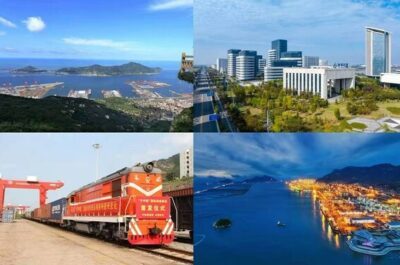
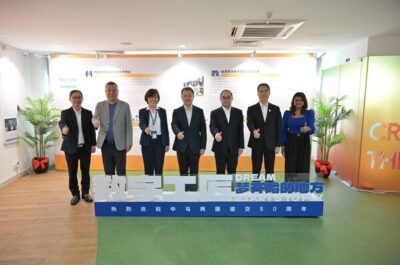
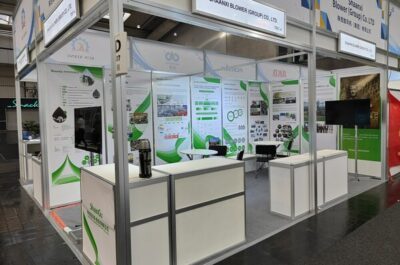
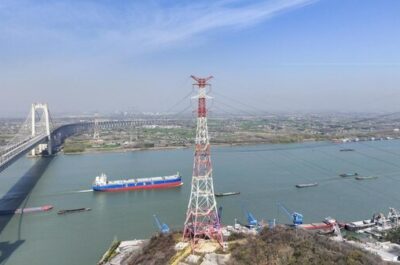
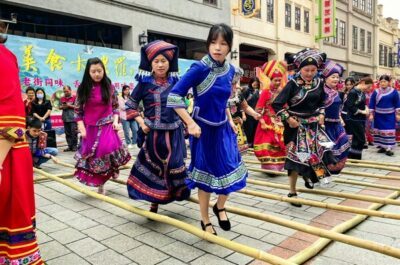



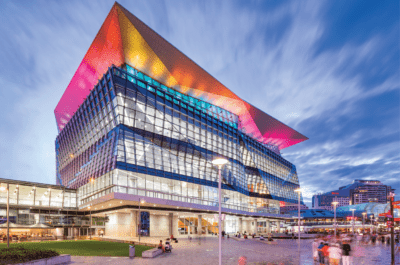



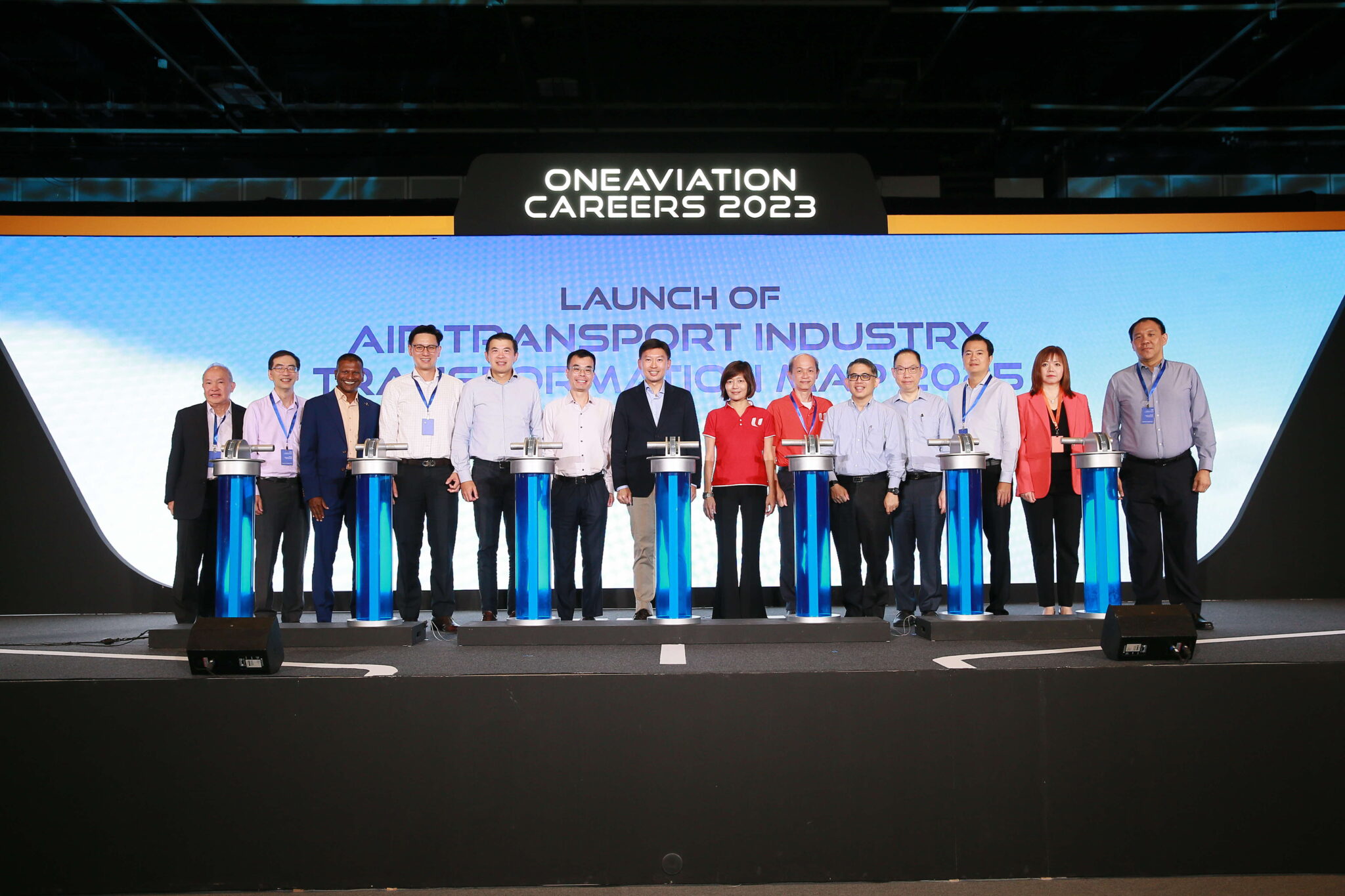
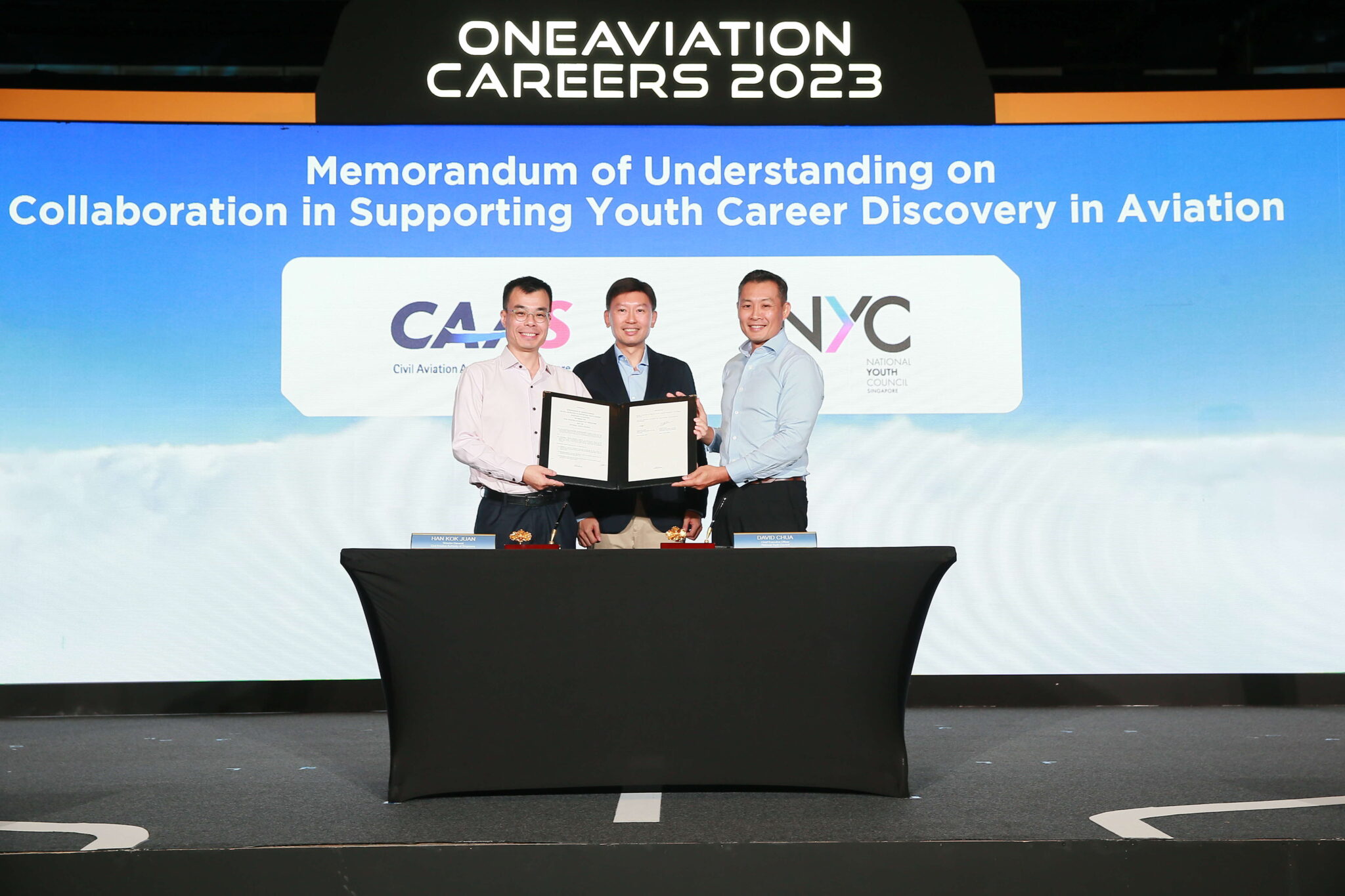





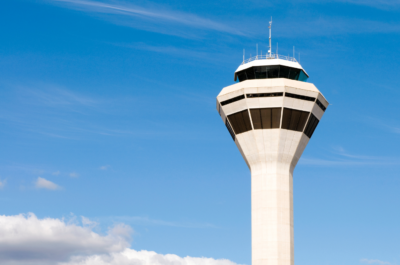
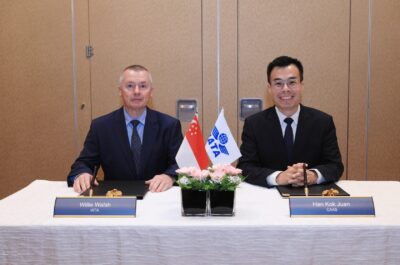
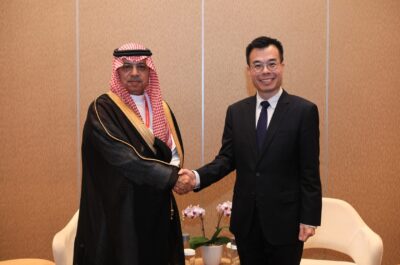
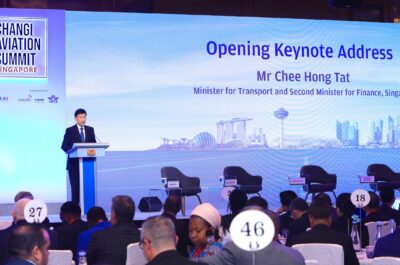



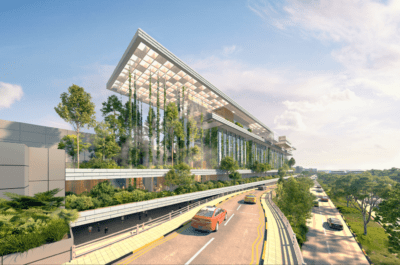

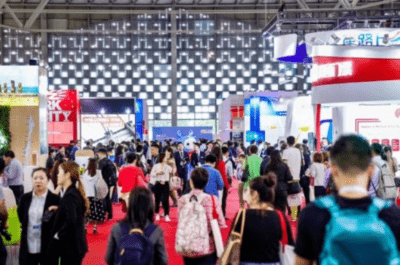


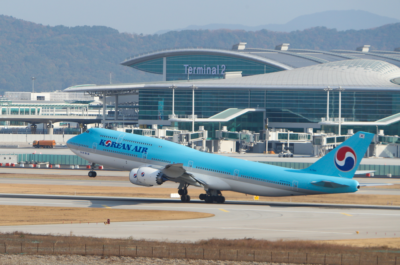
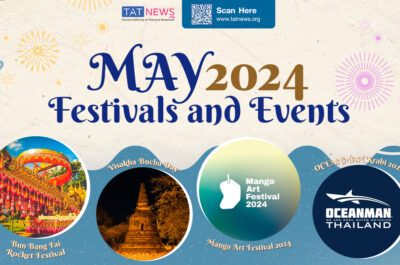


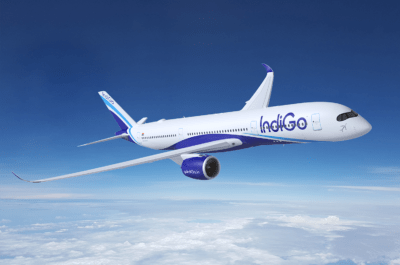



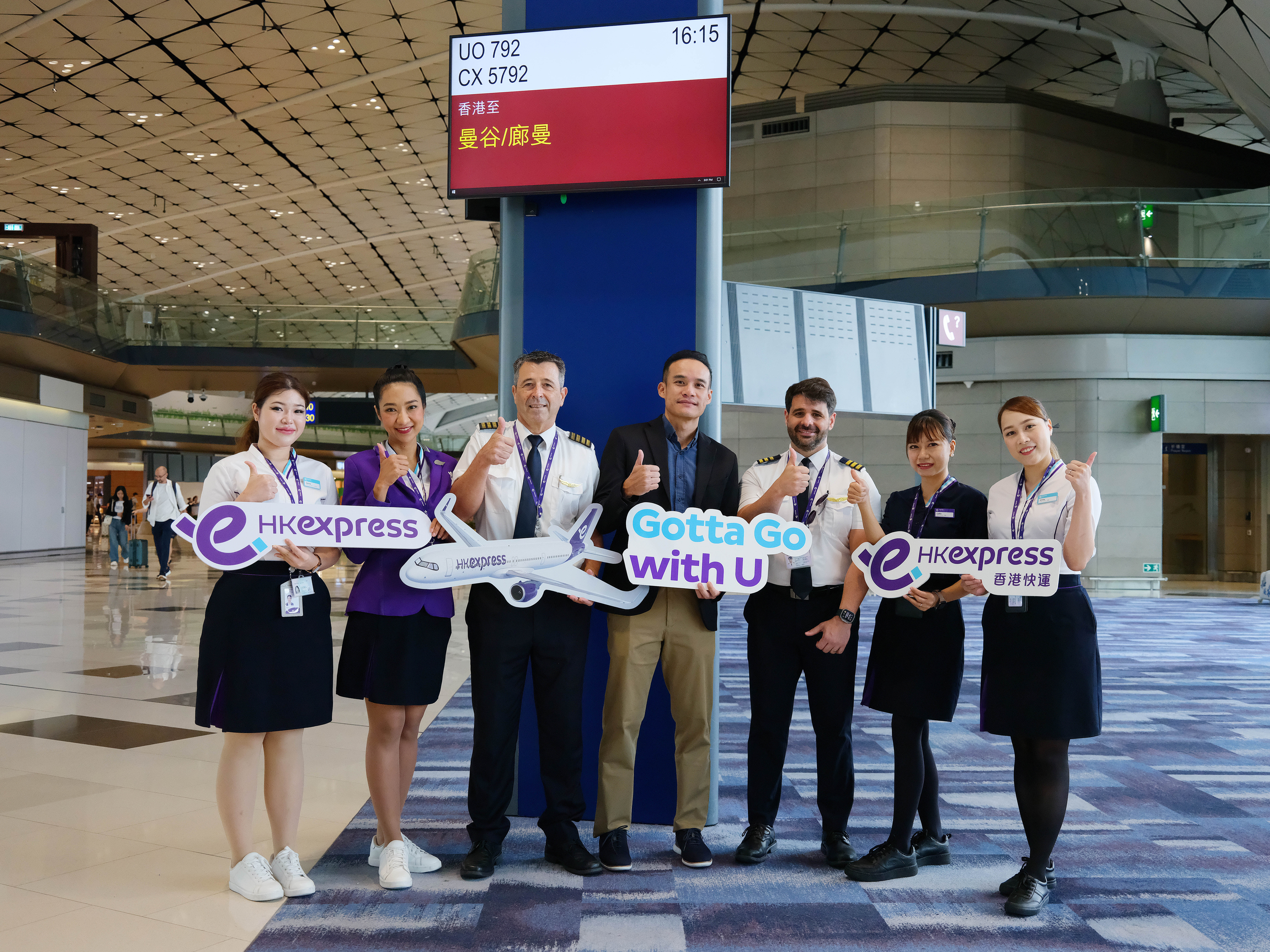
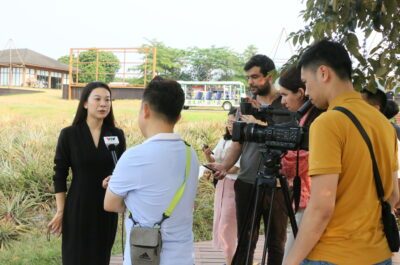

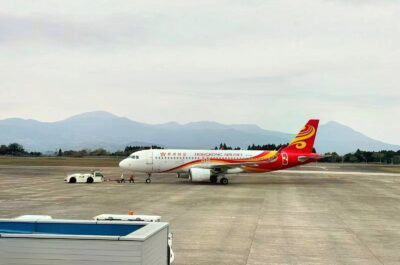




![[PR] PR_Ascott and Vimut Hospital_2024](https://www.traveldailynews.asia/wp-content/uploads/2024/04/PR-PR_Ascott-and-Vimut-Hospital_2024-400x265.jpg)






























